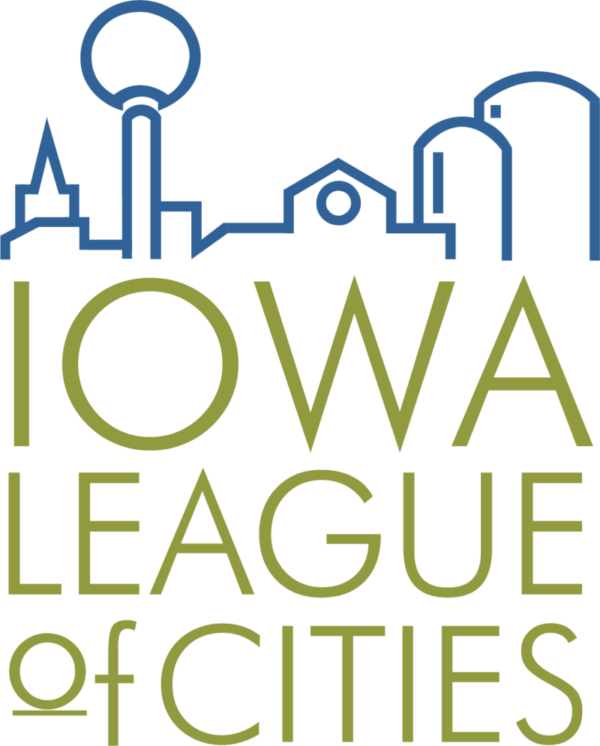Cities in Iowa have traditionally relied heavily on property taxes as a stable revenue source to finance government services. The Fiscal Year 2017 city budget data concurs, showing that approximately 44% of all general fund revenues received by city governments were from property taxes. Supporting the services to the citizens yet controlling the city’s property tax rate is an annual struggle. The Code of Iowa details several different levies that can be implemented; some require approval at an election, while others are at the discretion of the city council. Both types of levies are described here.
Voted Levies
Twelve voted levies are designed to support a specific expenditure and represent a wide range of municipal activities. Below is a list of the levies and their dollar limit per $1,000 of taxable valuation along with the corresponding Code section:
- 384.12(1) Instrumental/Vocal Groups – 0.135
- 384.12(2) Memorial Building – 0.810
- 384.12(3) Symphony Orchestra – 0.135
- 384.12(4) Cultural & Scientific Facilities – 0.27
- 384.12(5) County Bridge – As voted
- 384.12(6) Mississippi or Missouri River Bridge Construction – 1.35
- 384.12(9) Aid to a Transit Company – 0.03375
- 384.12(17) Maintain Institution Received by Gift/Devise – 0.205
- 384.12(19) City Emergency Medical District – 1.00
- 384.12(21) Support Public Library – 0.27
- 28E.22 Unified Law Enforcement – 1.50
- 384.7 Capital Projects (Capital Improvement Reserve Fund) – 0.0675
The maximum rates are relatively small and for most cities will not generate a large amount of revenue. However, they can be helpful when funding specific projects. Note: all revenue received from a voted levy must only be spent on the associated specific purpose. All revenues from these voted levies must be placed in the city’s general fund, except for the capital improvement levy (those funds must be accounted for in a capital fund). Local Option Sales Tax and Hotel/Motel Taxes require an election but are considered sales taxes, not property taxes. See the Local Option Sales Tax and Hotel/Motel Tax pages on how these voted levies are available to cities. Under Government Accounting Standards Board Statement No. 54, these funds are considered restricted because the vote restricts their use.
Non-Voted Levies
General Fund levies dollar limit per $1,000 of taxable valuation with the corresponding Code section:
- 384.1 Regular General Levy – 8.10
- 384.12(8) Contract for use of Bridge – 0.675
- 384.12(10) Operation & Maintenance of publicly owned Transit – 0.95
- 384.12(11) Rent, Ins. Maintenance of Civic Center – Amount Necessary
- 384.12(12) Operation & Maintenance of City owned Civic Center – 0.135
- 384.12(13) Planning a Sanitary Disposal Project – 0.0675
- 384.12(14) Aviation Authority (under sec.330A.15) – 0.27
- 384.12(15) Joint city-county building lease – Amount Necessary
- 384.12(16) Levee Improvement fund in special charter city – 0.0675
- 384.12(18) Liability, property & self-insurance costs – Amount Necessary
- 384.12(22) Support of a Local Emergency Management Commission – Amount Necessary
- 384.1 Ag Land – 3.00375
Special Revenue Levies
Levies per $1,000 of taxable valuation to be deposited in a Special Revenue Fund with the corresponding Code section:
- 384.8 Emergency (if general fund at levy limit) – 0.27
- 384.6 Police & Fire Retirement Amount Necessry
- FICA & IPERS (if general fund at levy limit) Amount Necessary
- IAC Other Employee Benefits(Defined in Administrative Rules) – Amount Necessary
- 386 Self-Supporting Municipal Improvement Districts – Amount Necessary
- Debt Service Levy (to be deposited in a Debt Service Fund)
- 384.4 Debt Service Levy for General Obligation Bonds – Amount Necessary
The council may levy the amount needed in any of these non-voted levies (up to the limits) with certain conditions. For example, the city must be at the $8.10 levy in the General Fund before any FICA or IPERS taxes are allowed. Cities should also be able to document the amounts that are needed. It is a good practice to have these materials prepared to be used as part of the council discussions during the budget process.
The combined total of each levy used will make up the city’s tax rate per one thousand dollars of taxable property. The public hearing notice indicates what the total levy will be for the next fiscal year. The council can only lower the published tax rates at the public hearing. After the budget public hearing, the council will need to pass a resolution to “certify” the taxes to the County Auditor by March 15 of each year for the budget year which begins the following July 1. If, however, the council borrows money through a general obligation bond sale or note, those property taxes needed to repay the principal and interest can be certified to the County Auditor before April 1 even if it increases the total city levy that was published for the budget public hearing. The total tax rates of all the taxing jurisdictions are combined to create the “consolidated rate” which is reflected on all tax statements sent out by the County Treasurer. The Iowa Department of Management offers data on its Web site of all tax rates of all taxing jurisdictions available to the general public.






